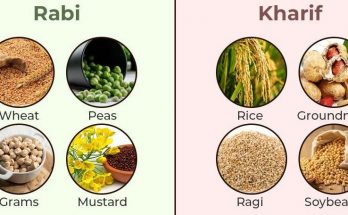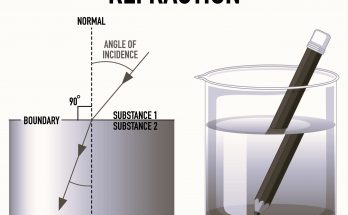NCERT Solutions for Class 8 Social Science History Chapter 3 – Ruling the Countryside
Ruling the Countryside Class 8 Questions and Answers
NCERT Solutions for Class 8 Social Science History Chapter 3 – Ruling the Countryside Read MoreCBSE Class Notes Online – Classnotes123
CBSE Class Notes, Worksheets, Question Answers, Diagrams , Definitions , Diffrence between , Maths Concepts, Science Facts Online – Classnotes123
Class 8 Notes
Ruling the Countryside Class 8 Questions and Answers
NCERT Solutions for Class 8 Social Science History Chapter 3 – Ruling the Countryside Read MoreRuling the Countryside Class 8 Notes
Chapter 3- Ruling the Countryside- Class 8 History Notes Read MoreFrom Trade to Territory -The Company Establishes Power -Class 8 – History Questions and Answers
NCERT Solutions for Class 8 Social Science History Chapter 2 – From Trade to Territory Read MoreFrom Trade to Territory Class 8 History- Easy Notes
Chapter 2 – From Trade to Territory – Class 8 Notes Read MoreChapter 1 – How When and Where Class 8 – History Text Book Question Answer How When and Where Class 8 – History Question Answer 1. State whether true or …
NCERT Solutions for Class 8 Social Science History Chapter 1 – How When and Where Read MoreThe chapter “How, When and Where” emphasises the importance of dates in history, traditionally focusing on specific events like battles and coronations. It also discusses how history is about understanding changes over time and the significance of broader societal shifts. The chapter critiques traditional periodization and highlights the need for a nuanced understanding of historical events.
Chapter 1 – How When and Where – Class 8 History Notes Read More
Rabi and Kharif crops differ significantly in sowing and harvesting seasons, climatic requirements, rainfall dependency, and water needs. Kharif crops like rice and cotton are planted with the onset of monsoon rains, while Rabi crops such as wheat and barley are sown after monsoons in cooler weather. These distinctions impact their growth, yield, and agricultural practices.
10 Key Differences Between Rabi and Kharif Crops Read More
The essentials of light refraction in our comprehensive guide. Understand why light bends through mediums like water and glass, explore the laws of refraction including Snell’s Law, and see real-world applications. Engaging and clear, this article demystifies refraction for high school students, enriching their grasp of this fundamental physics concept
Refraction of Light- A Comprehensive Guide for Students Read MoreParamecium is a unicellular organism found in freshwater environments. The Paramecium diagram includes labels such as food vacuole, macronucleus, cilia, and contractile vacuole. Understanding this diagram can help class 8 students learn about Paramecium cell structure, function and reproduction.
Paramecium Diagram for Class 8 Read MoreThe Amoeba is a single-celled organism of Protozoa phylum.It is a type of unicellular Protist that can be found in a variety of environments. The amoeba diagram is a simple and easy-to-draw representation of this organism, neatly labeled to help students in class 7 understand its structure. The essential features of the amoeba diagram comprise the pseudopod, cytoplasm, food vacuole, nucleus and other parts.
Amoeba Diagram for Class 7 Read More